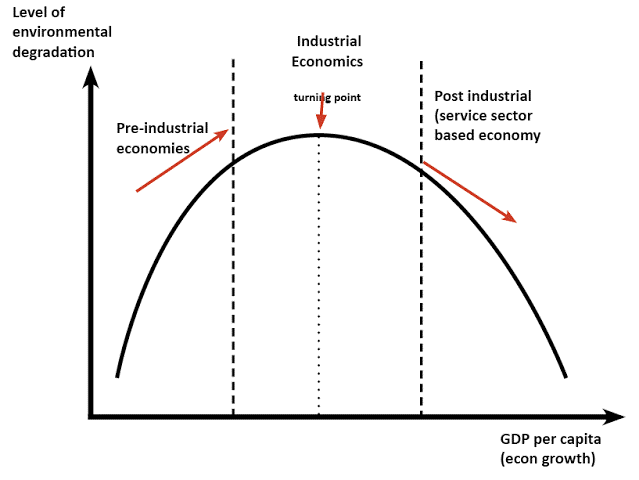Free Courses Sale ends Soon, Get It Now


Free Courses Sale ends Soon, Get It Now


Daily Editorial Analysis
Editorial Analysis based on “Roti, kapda, makaan: Why not good air?” which was published in The Indian Express.
Introduction:
Perception of Air Quality:
Kuznets Curve Theory:

Economic impact of air pollution:
Way ahead:
Initiatives taken by India
|
What is Air Quality Index (AQI)? The AQI is an assessment of the air quality taking into account eight pollutants — PM 2.5 (particulate matter less than 2.5 microns), PM 10 (particulate matter less than 10 microns), nitrogen oxides (NOx), sulphur dioxide (SO2), ozone (O3), carbon monoxide (CO), ammonia (NH3) and lead (Pb). AQI categories There are six AQI categories: i) Good (0–50) ii) Satisfactory (50-100) iii) Moderate (101-200) iv) Poor (201-300) v) Very Poor (301-400) vi) Severe (401-500).
|
© 2024 iasgyan. All right reserved